We’ve all heard it: “Let your hair dry naturally, it’s better for you.” But like most beauty advice passed around in group chats and wellness blogs, the answer isn’t quite so simple.
You are $150.00 AUD away from free shipping!
$0.00 AUD
You are $150.00 AUD away from free shipping!
We’ve all heard it: “Let your hair dry naturally, it’s better for you.” But like most beauty advice passed around in group chats and wellness blogs, the answer isn’t quite so simple.

We’ve all heard it: “Let your hair dry naturally, it’s better for you.” But like most beauty advice passed around in group chats and wellness blogs, the answer isn’t quite so simple.
Get 10% off your first order
